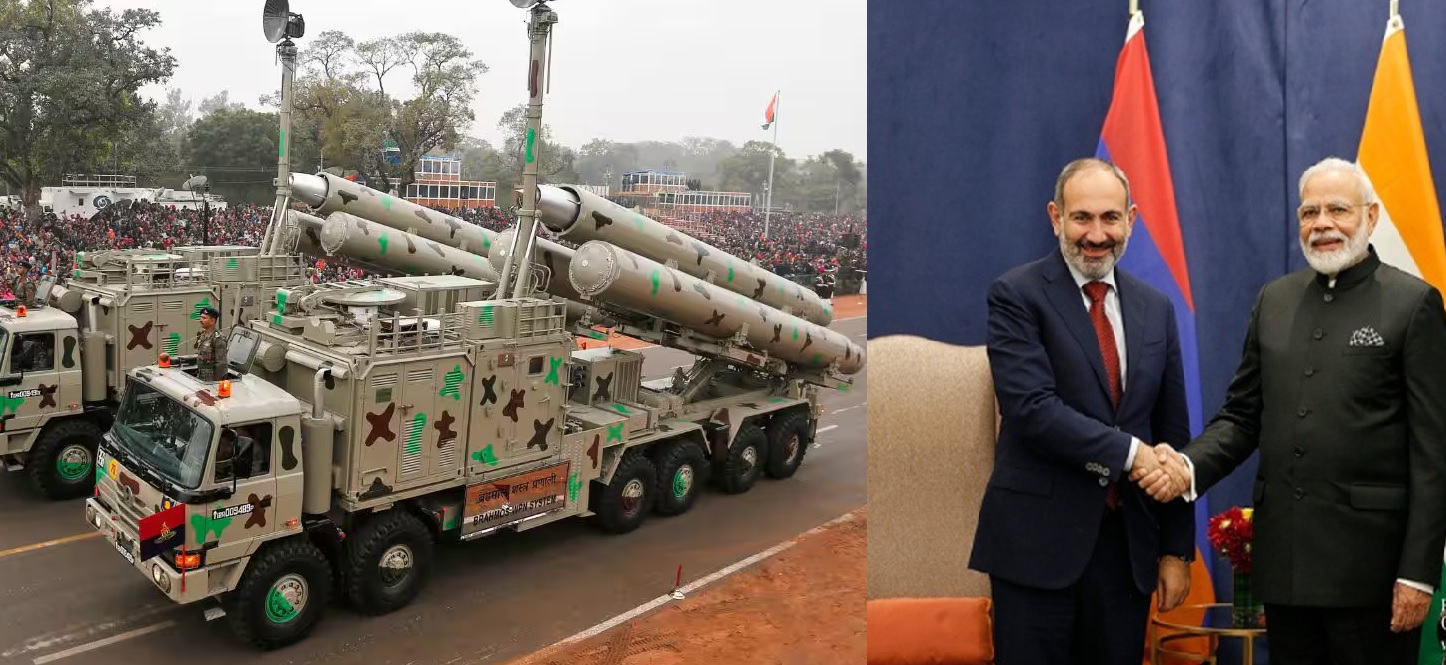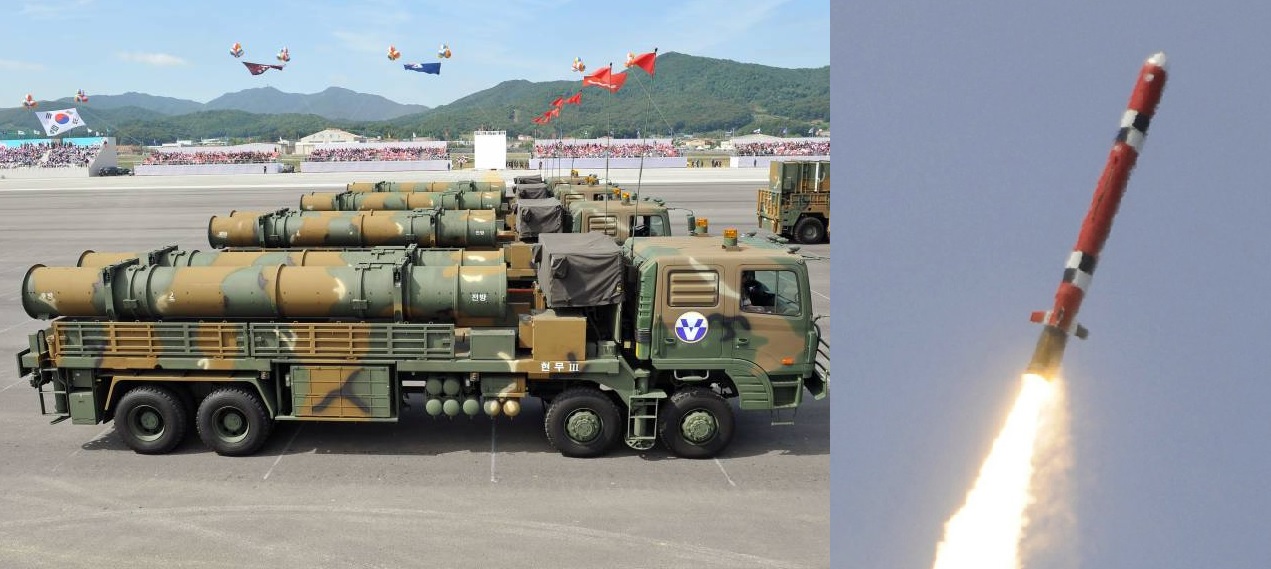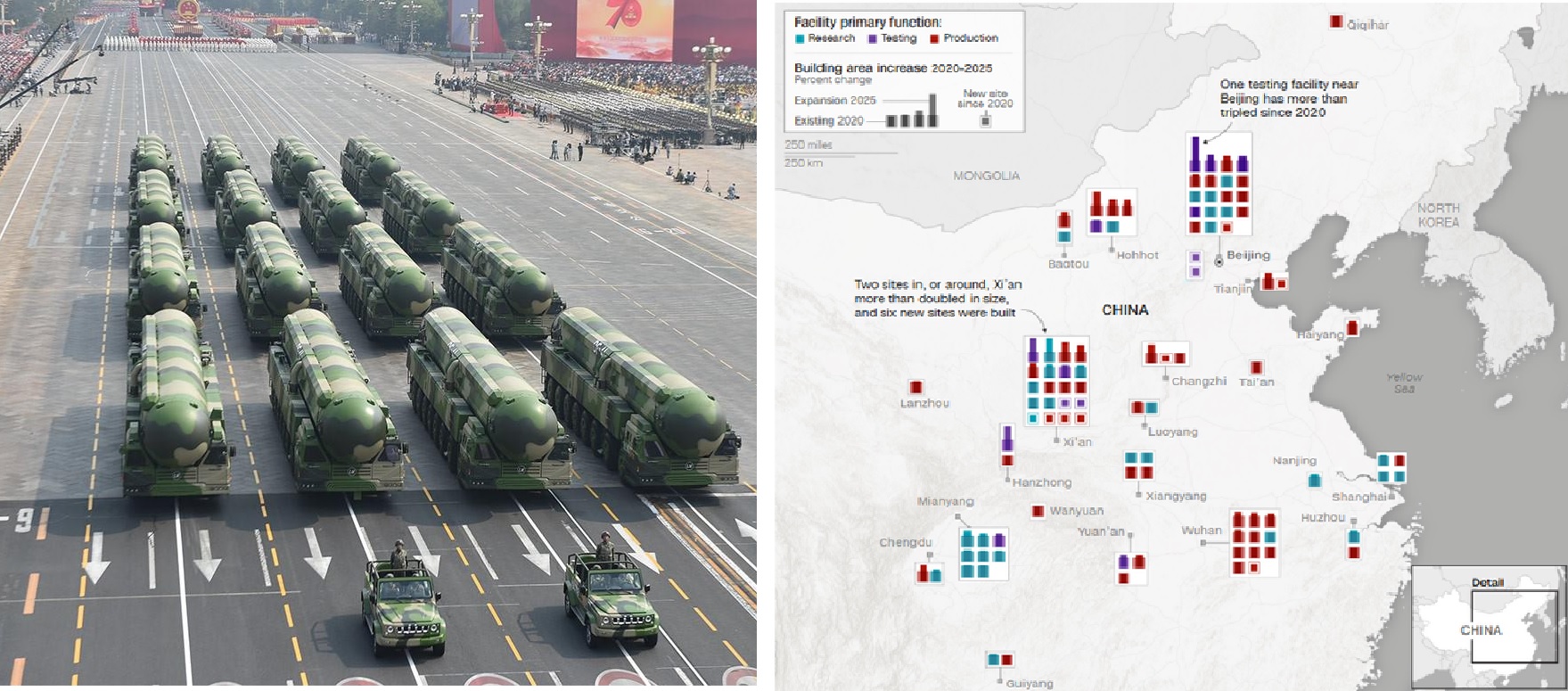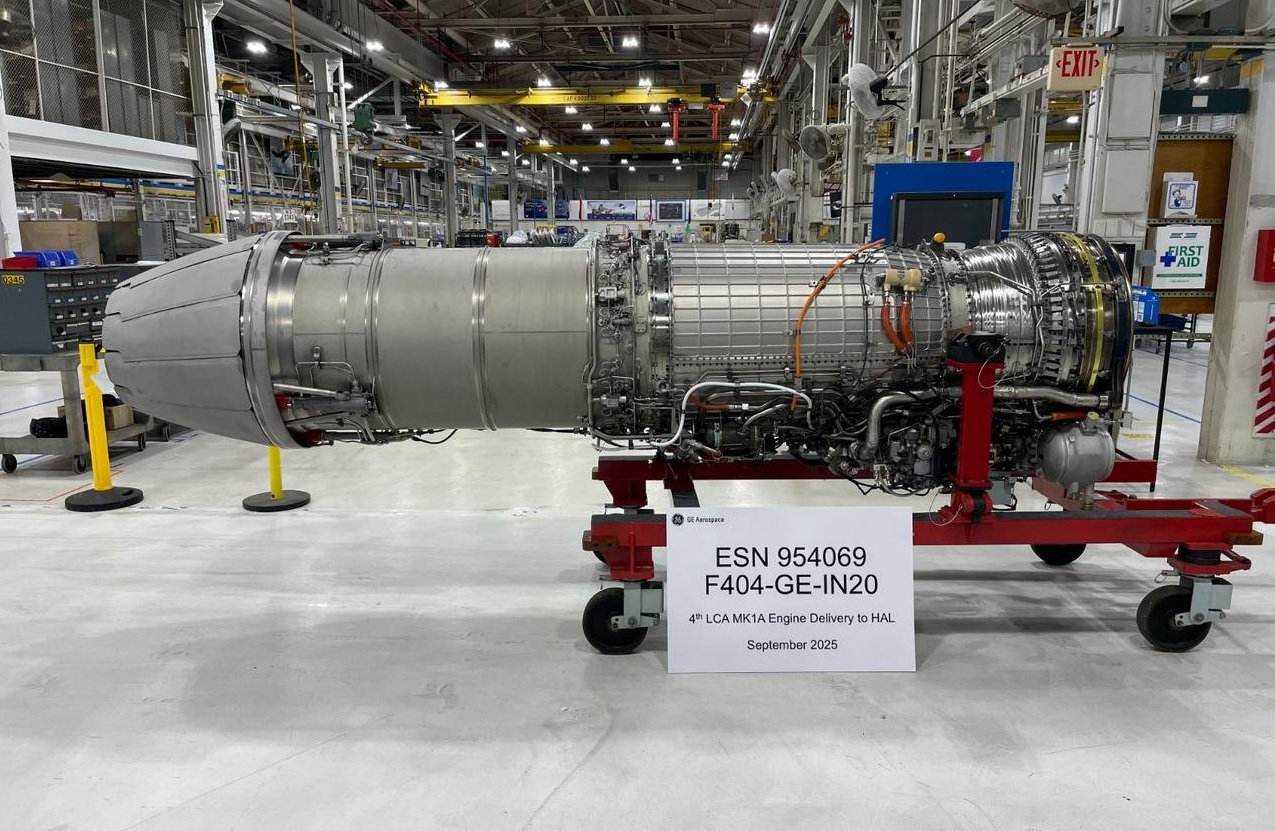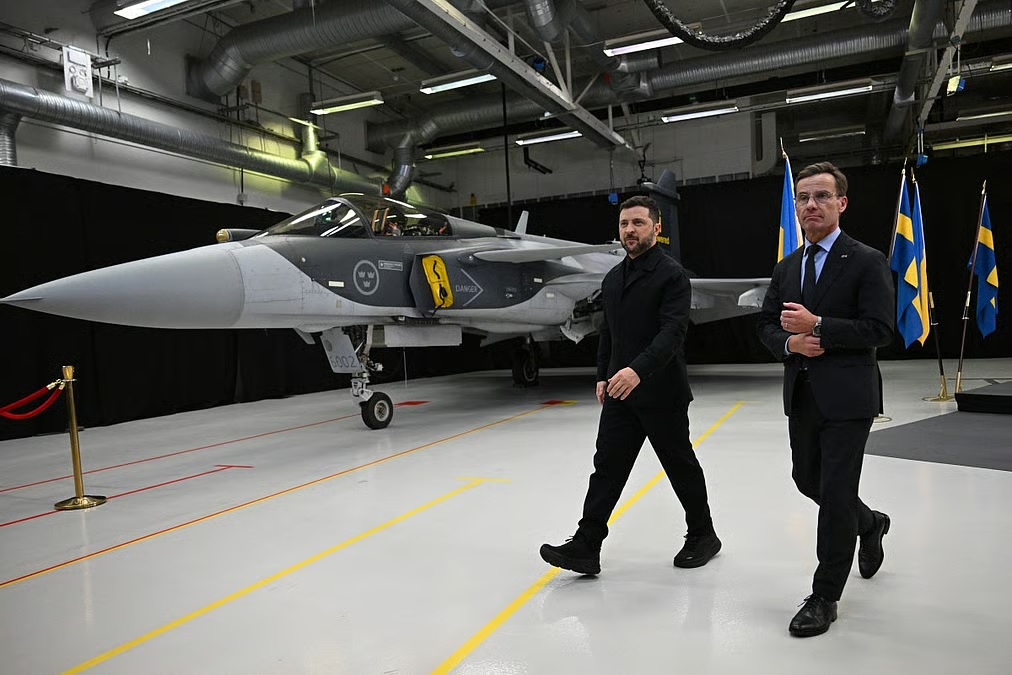India’s "Air and Space Force": Spaceplane to "Desi GPS", How IAF renaming will widen its ambit

The proposal to rename the Indian Air Force (IAF) as the "Indian Air and Space Force" is on the verge of realization and is expected to be officially announced soon.
According to sources within the IAF, the shift to include "Space" in the name aligns with the natural evolution of air operations into the space domain. The proposal, initiated less than a year ago, is in response to Defense Minister Rajnath Singh call for the IAF to transform into an aerospace force during the 37th Air Chief Marshal P.C. Lal Memorial Lecture on May 5 of the previous year.
The IAF has been actively pursuing measures to implement this transition, indicating a strategic focus on space capabilities. Currently utilizing NavIC, an indigenous version of the Global Positioning System (GPS), the Indian armed forces aim to enhance their positioning, navigation, and timing (PNT) services for both defense and civilian purposes. Recognizing the critical need for such services, particularly after experiencing GPS denial during the Kargil War, the IAF is considering the launch of additional satellites to expand the NavIC coverage.
The Indian Space Research Organisation (ISRO) is also contributing to this effort by planning to increase the navigation coverage of NavIC from 1,500 km to 3,000 km. This expansion would extend the coverage to neighboring countries, reinforcing India regional positioning capabilities.
In addition to satellite-based navigation, the IAF is exploring the utilization of space-based electro-optical sensors and electronic intelligence gathering (ELINT) to strengthen intelligence, surveillance, and reconnaissance (ISR) capabilities. The integration of space assets is seen as crucial for accurate prediction of terrestrial weather, supporting air and ground operations, and planning missions effectively.
Air Marshal G.S. Bedi, a retired officer and Distinguished Fellow at the Centre for Air Power Studies, emphasizes the growing threats from space, including ballistic and hypersonic missiles, which require space-based sensors for timely detection. Renaming the IAF to the "Air and Space Force" is seen as a step toward aligning its focus with the evolving challenges in the space domain.
The IAF is actively engaged in space-related contingencies and exercises, preparing for scenarios involving GPS denial, satellite-communications denial, and space-based surveillance denial. As part of its Space Vision 2047, the IAF aims to acquire the Reusable Launch Vehicle (RLV) from ISRO and explore defensive options to protect Indian satellites from potential attacks.
Collaboration with ISRO and the Indian National Space Promotion and Authorisation Centre (IN-SPACe) is underway to foster growth in the overall space ecosystem. The IAF is also gearing up for enhanced collaboration with NewSpace India, the commercial arm of ISRO, by training officers and airmen in space operations.
This strategic shift, once finalized, is expected to position the IAF as a comprehensive Air and Space Force, contributing to national security, research and development, and fostering partnerships with the private industry. The government plan to launch over 100 military satellites in the next seven to eight years underscores the commitment to building robust deterrence and defense capabilities in space.
✍️ This article is written by the team of The Defense News.

